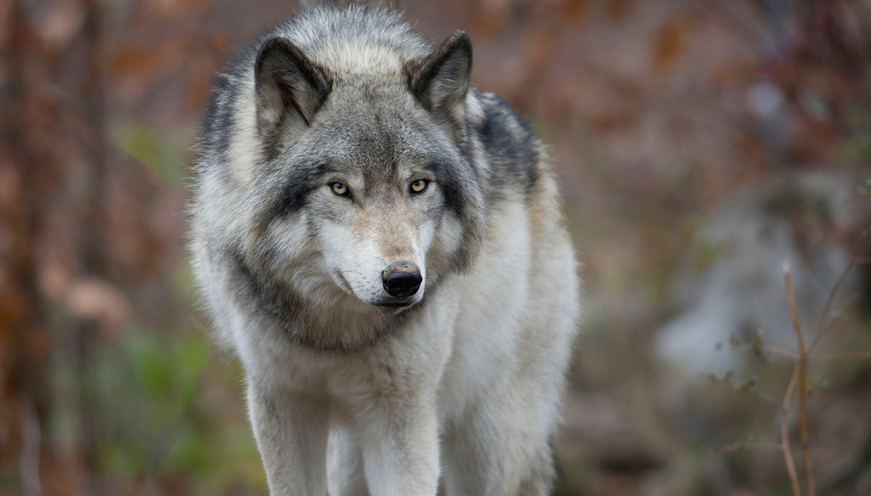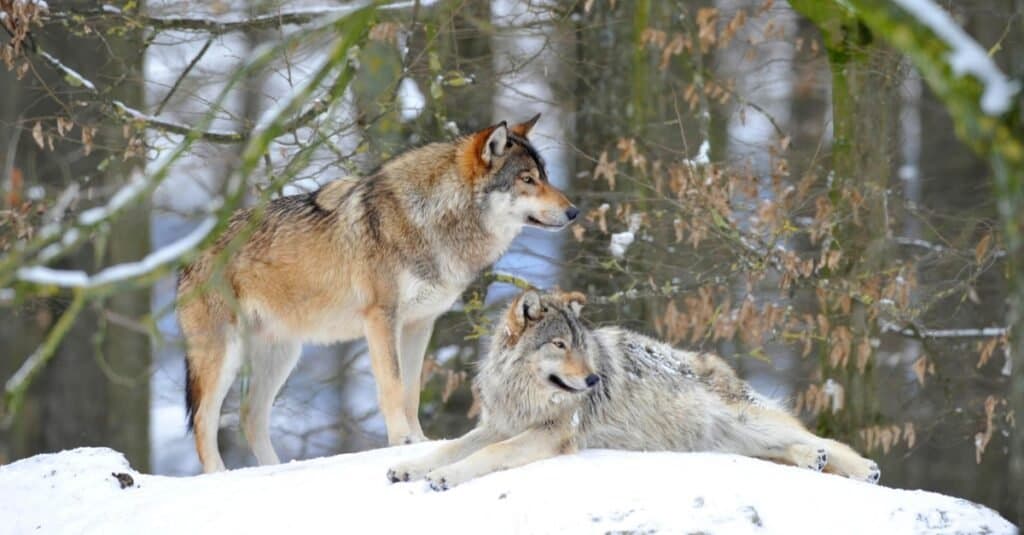Cart
Mackenzie River Wolf

Canis Lupus Mackenzie

Mackenzie River Wolf Habitat
This Canadian wolf lives along the coast of the Mackenzie River in western Canada and Alaska. Other types of wolves also live on Canadian land, such as the Baffin Island Wolf.
Mackenzie River Wolf Diet
The Canis Lupus Mackenzie family has a highly developed sense of smell. It raises ears when hunting, and its nose is close to the wind, paying attention to the smell and sound brought by the breeze. Thanks to a study in Canada, people know that the wolf can perceive the smell 300 meters away. Then it stopped and pointed the nose in the direction of the prey. Seeing this logo, everyone raised his head to analyze the smell. Then each one shook his tail and jumped up. Then, although they were very excited, they remained silent, approached as close as possible, and walked against the wind.
- COMPANY INFO
- About Us Privacy Policy Terms & Conditions Affiliate Programs
- CUSTOMER SERVICE
- Contact Us Shipping Returns & Exchanges Billing & Payment TheWildLifeJewelry Credits
- My Account
- My Account My Orders Forget Passord Tracking Order Register
- Subscribe To Our Newsletter

